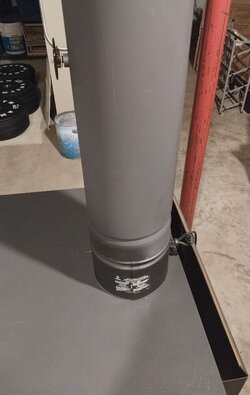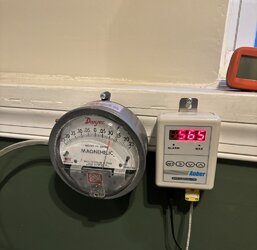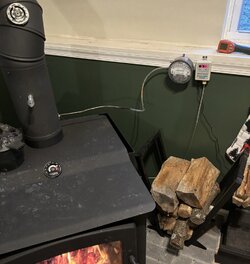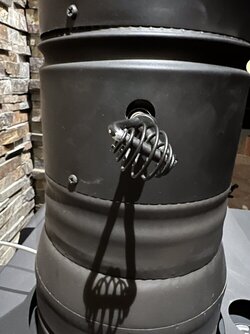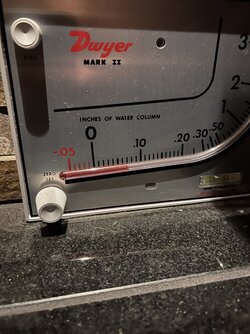Well so far I am now a strong proponent in installing a key damper whether draft requires one or not. The fine tuning ability it provides you over just the stove damper is huge.
For example, say slightly open is too much, but all the way shut is too little, you can set it slightly open and then start to close the key damper until it starts to slow the fire down to a nice happy burn.
For example, say slightly open is too much, but all the way shut is too little, you can set it slightly open and then start to close the key damper until it starts to slow the fire down to a nice happy burn.


